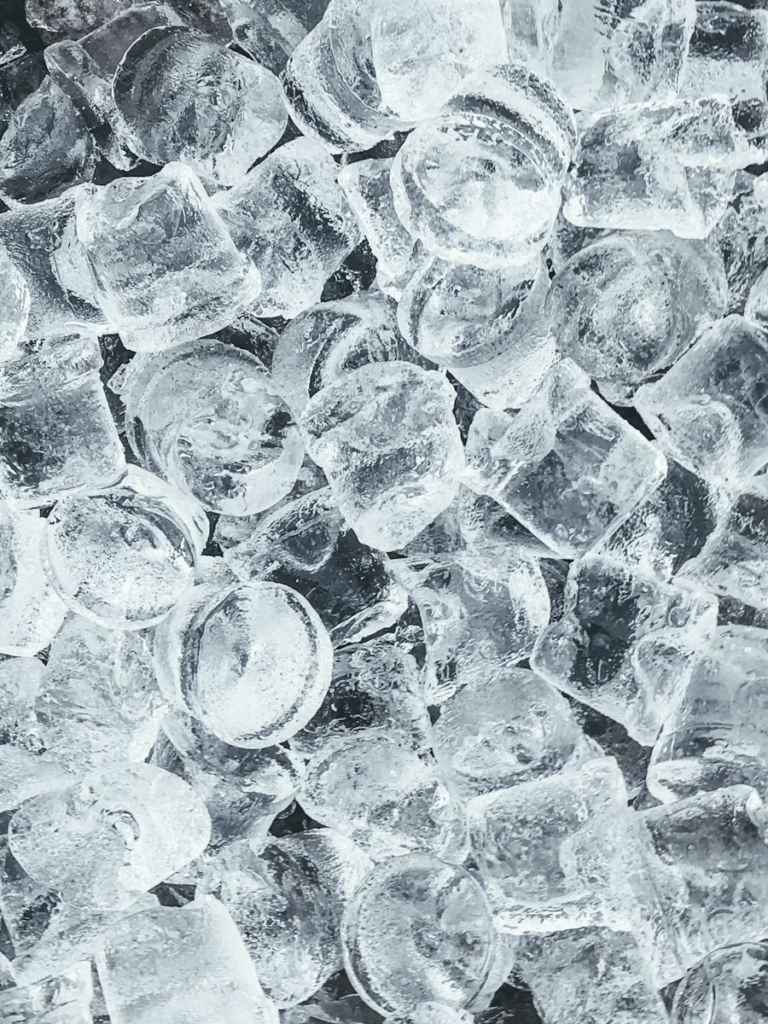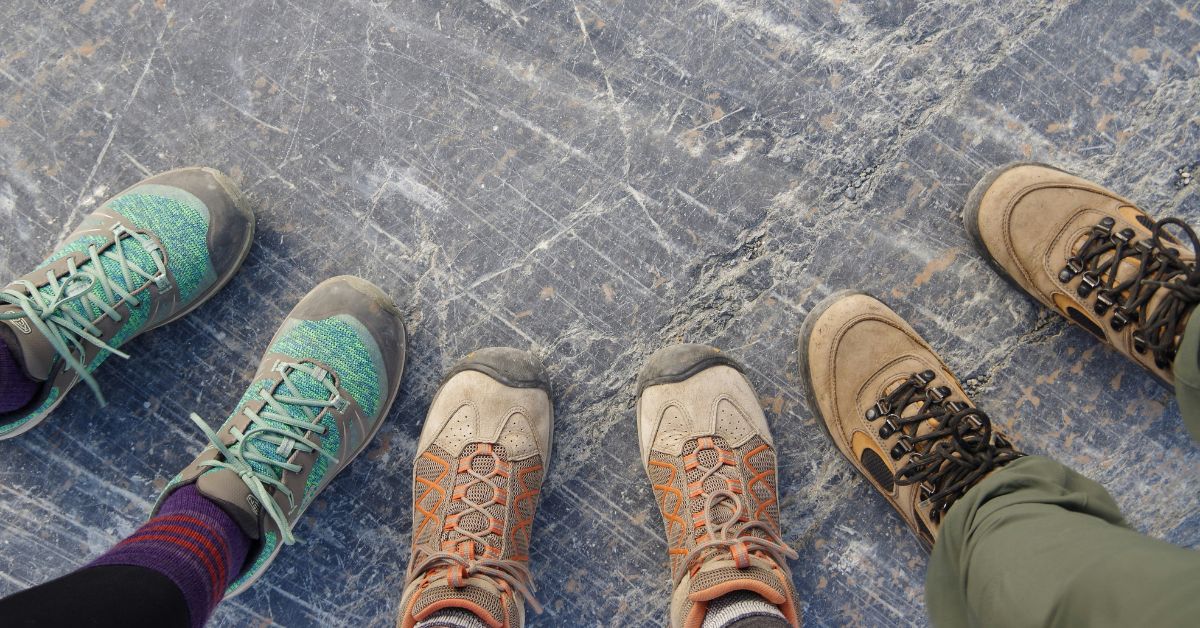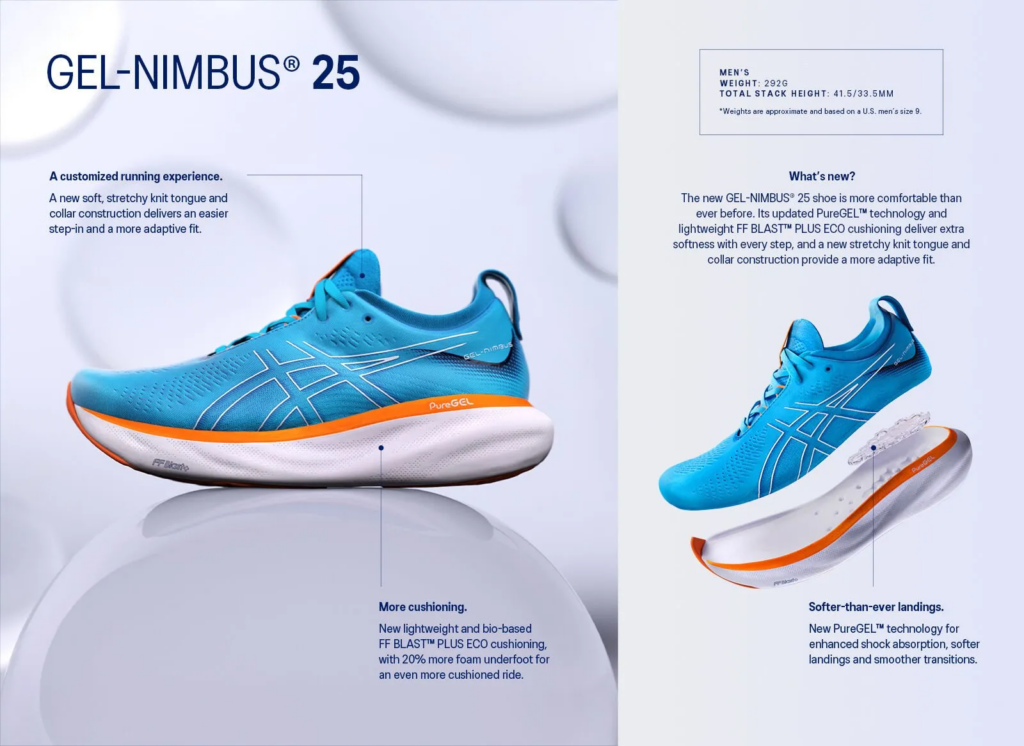Gone are the days when the only measure of fitness was how much you could lift or how many burpees you could blast through. In Singapore, the fitness landscape is evolving. And functional training is leading the charge.
Whether you’re working out in an HDB gym, a boutique studio in Tanjong Pagar, or with a personal trainer in the East Coast, you’re likely to hear the term “functional fitness” more than ever before. But what exactly is it, and why has it become the go-to approach for so many Singaporeans?
- 1. It Works for All Ages and Fitness Levels
- 2. It Reduces Risk of Injury
- 3. It Boosts Daily Performance
- 4. It Combines Strength, Cardio, and Mobility
- 5. It's Perfect for Small Spaces
- 6. Group Classes Build Motivation
- 7. Great for Weight Loss and Body Recomposition
- 8. It Complements Other Workouts
- 9. It's Mind-Body Focused
- 10. It Aligns with Modern Health Goals
- Final Thoughts
What is Functional Training?
Functional training refers to exercises that mimic real-life movements, helping you move more effectively in everyday situations — such as carrying groceries, climbing stairs, or playing with your kids. Instead of focusing solely on muscle size or isolated strength, it enhances overall coordination, flexibility, stability, and balance.
In short, it’s fitness that prepares your body for real-world tasks, not just gym PRs.
1. It Works for All Ages and Fitness Levels
From young professionals seeking to stay active to seniors looking to improve their balance and mobility, functional training suits everyone. Many Singaporeans live fast-paced lifestyles, juggling family and work responsibilities. This type of training can be tailored to your goals, whether you’re a beginner or already fit.
Studios like FITLUC and The Strength Yard offer programs that cater to a wide range of clients, making functional training more accessible than ever.
2. It Reduces Risk of Injury
We’re seeing more people in Singapore turning to physiotherapy and mobility work due to stiff backs, tight shoulders, and poor posture resulting from long hours at the desk.
Functional exercises promote joint stability and core strength, enhancing overall physical well-being. Movements like kettlebell swings, TRX rows, and squats train multiple muscle groups in harmony, reducing the risk of injury both in and out of the gym.
3. It Boosts Daily Performance
Ever pulled a muscle while moving furniture or felt breathless carrying groceries? Functional training helps with that. You develop the strength and stamina to tackle daily physical tasks with ease.
This benefit is especially attractive to active parents, older adults, or those working in physically demanding jobs, such as delivery, healthcare, or technology, where posture and endurance are crucial.
4. It Combines Strength, Cardio, and Mobility
Traditional gym routines can get boring. Functional training, on the other hand, is a dynamic approach to exercise.
A single session might include:
- Dumbbell lunges for lower body strength
- Battle ropes for cardiovascular endurance
- Resistance bands for joint-friendly mobility drills
This hybrid training appeals to those who value efficiency — a quality that Singaporeans highly appreciate, given their busy schedules.

5. It’s Perfect for Small Spaces
Many HDB or condo gyms don’t have large machines. Functional training can be done with simple equipment, such as resistance bands, kettlebells, or even just your body weight.
It’s easy to incorporate into home workouts as well. For example:
- Air squats or chair squats to build leg strength
- Planks for core engagement
- Step-ups using a sturdy bench or staircase
This accessibility means more people can stay fit without spending big on gym memberships or machines.
6. Group Classes Build Motivation
Community-based studios, such as The Daily Movement or Ritual Gym, offer group classes centred on functional workouts. These classes are short, efficient, and help you stay consistent thanks to the group energy and coaching guidance.
For many Singaporeans, especially those who need motivation or social interaction to stay active, this approach makes working out less intimidating and more enjoyable.
7. Great for Weight Loss and Body Recomposition
Functional training isn’t just about moving better — it also aids in fat loss. High-intensity functional workouts (like HIIT or circuit training) keep your heart rate up and torch calories during and after your workout.
It also builds lean muscle, which helps boost metabolism over time. That’s why many fitness programs in Singapore now include functional strength as a key component of fat-loss plans.
8. It Complements Other Workouts
If you’re into running, yoga, or sports like tennis, functional training can improve your performance. It enhances movement patterns, prevents overuse injuries, and builds the strength you need to excel in other activities.
For instance, runners benefit from stronger glutes and hips, while yoga lovers appreciate increased joint stability and balance.
9. It’s Mind-Body Focused
Functional training often involves mindful movement, you focus on quality, not just quantity. This helps you connect more deeply with your body, improves posture, and alleviates mental stress.
Singapore’s fast-paced work culture makes this particularly valuable, offering not just physical benefits but also mental clarity.
10. It Aligns with Modern Health Goals
Singaporeans today are looking beyond aesthetics. They want long-term health, mobility, and a body that works well; not just one that looks good on Instagram.
Functional fitness aligns with this shift. It supports better posture, stronger joints, a healthier spine, and the ability to age gracefully.
Final Thoughts
Singapore’s fitness trends are shifting towards practicality, sustainability, and performance, and functional training delivers on all fronts. Whether you’re doing bodyweight circuits in your HDB flat or lifting kettlebells at a gym, this training style keeps your body strong and ready for life.
If you’ve been stuck in a workout rut or struggling with motivation, maybe it’s time to ditch the machines and go functional. Your body — and your back — will thank you.






















You must be logged in to post a comment.